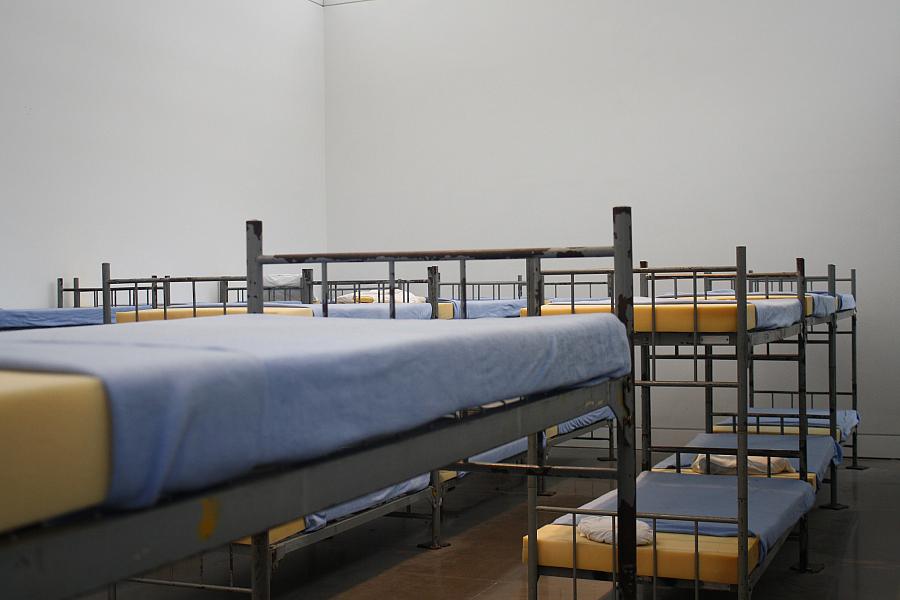Investigation into Florida’s youth corrections system points to systemic abuse

Nearly a year ago, a 16-year-old boy was beaten to death by a mob of other youth at Miami’s juvenile detention center. The facility long had been a magnet for controversy and tragedy. More than a decade ago, another teen died a slow, agonizing death from a burst appendix there while guards and nurses refused to seek medical care for him. Two nurses had been charged with manslaughter in Omar Paisley’s death.
A few years later, 14-year-old Martin Lee Anderson stopped breathing after guards at a Florida Panhandle boot camp had spent 20 minutes restraining him — a video showed the guards kneeing Martin, employing painful pressure points and shoving ammonia tablets into his nose — for the offense of complaining that he could not run.
The cycle has been long and predictable: A teen dies a preventable death. Juvenile justice administrators announce reforms and promise change. Repeat.
The Miami Herald wants to know why the cycle has become so intractable, and has commenced an investigation into the Florida Department of Juvenile Justice, which operates 21 detention centers and 56 residential facilities for delinquent youth. This project will be further pursued through my participation in the 2016 National Fellowship.
A Miami woman has told the Herald her son was shot to death in the Liberty City neighborhood by a teen who was angry about being assaulted in the lockup by her son, who was paid by a guard for his efforts with a honey bun.
The Herald has been looking into the state’s youth corrections system for several months already. We have found that both the lockups and commitment programs are beset by violence — both on the part of guards and other youth — and sexual assault. Scores of teens are injured every year in restraints that records suggest often are both excessive and unnecessary.
The Herald has found, as well, that guards in many facilities have outsourced discipline to the detainees themselves, designating larger detainees as enforcers who are rewarded with hamburgers, pastries and other treats for assaulting other kids. This system, too, is dangerous. A Miami woman has told the Herald her son was shot to death in the Liberty City neighborhood by a teen who was angry about being assaulted in the lockup by her son, who was paid by a guard for his efforts with a honey bun.
And when children are injured or ill, they often are forced to wait dangerous periods for necessary care. In February 2015, a 14-year-old Daytona Beach boy, Andre Sheffield, died of bacterial meningitis in a lockup, days after he first complained of a headache and stomach pain, and had been seen soiling himself, limping, walking strangely sideways and falling over.
[Photo by eclaires11 via Flickr.]

